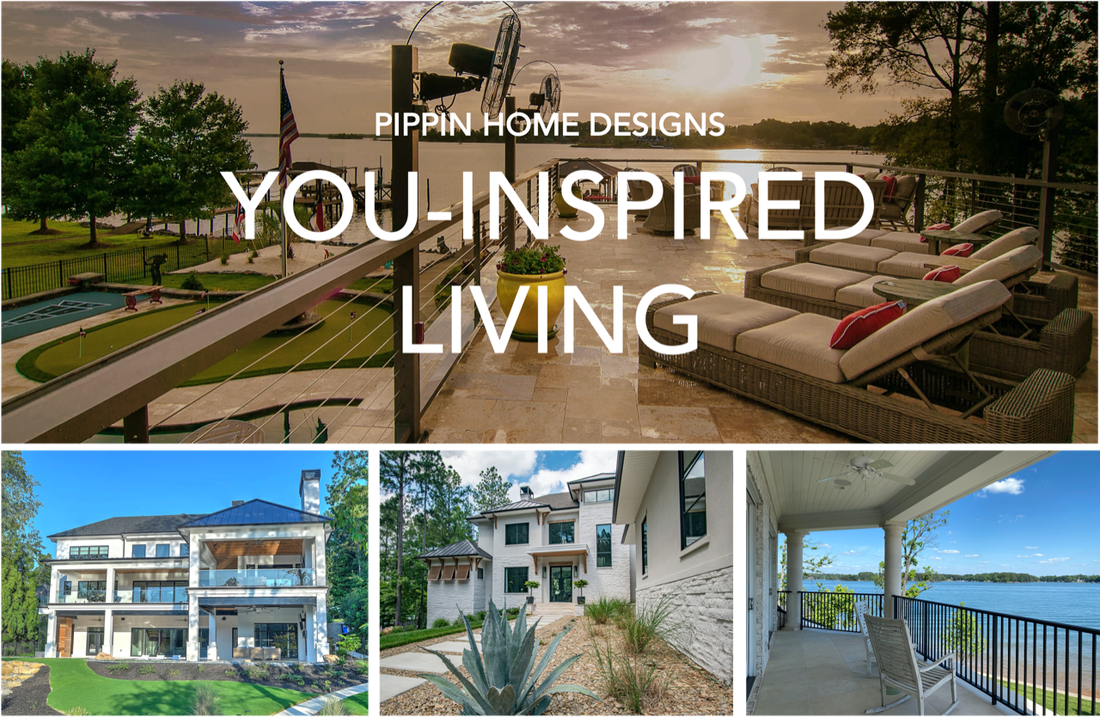
In this second post of the Regenerative Home Design series, Jenny introduces the limitless applications of bioarchitecture and she examines biomaterials currently being explored that are nothing shy of alchemy. Bioarchitecture - inspiring possibilities for the future of regenerative design. What Would Mother Nature Do? Looking to nature for inspiration with an open mind and the curiosity of a child, the bioarchitect’s approach to design begins with the question, “What would Mother Nature do?” Bioarchitects see the natural world as a boundless source of materials, knowledge, and insight. They know that Mother Nature has FAR more to offer than the finite resources traditionally used today. When paying close attention to nature we see that organisms are confronted by many of the same challenges we are, however they discover solutions sustainably. A bioarchitect looks to nature and studies the innovative ways other organisms and ecosystems overcome challenges. The results are beautiful structures that blur the lines between natural and man-made. The brilliance of bioarchitecture is that it’s not only aesthetically pleasing, it’s also durable, sustainable, and enhances the health of both human inhabitants and the planet. Principles of Bioarchitecture In order to design like Mother Nature, you have to think like Mother Nature. You have to understand that nature only uses the energy it needs, it fits form to function, it recycles everything, and it depends on diversity. Bioarchitects view homes as an extension of the people living inside and aim to integrate these structures within the surrounding ecosystem. The same fundamental components traditionally used in design (function, space, structure, and shape) must be reassessed and viewed through a natural lens.
Neri Oxman, a world-renowned bioarchitect at MIT’s Media Lab and founder of OXMAN, explains that there are generally three approaches to biodesign, each distinguished by its relationship with nature. And, just like in nature, you will see overlap between all three approaches. They are:
Nature-Grown Projects: Biology and the Alchemy of Design A signature component of bioarchitecture is the use of living materials that alter existing building materials to perform natural processes. Imagine a home with walls that are able to breathe, performing photosynthesis and cleaning your indoor air. Or an outdoor feature that’s able to absorb toxins and clean polluted water. Rachel Armstrong, Professor of Experimental Architecture at Newcastle University, is discovering ways to use microbes to build living buildings that “grow, metabolize, and defend us like an immune system.” She views a future where buildings have been transformed from their current sterile inert state into entities that interact and evolve with the natural environment. She believes these buildings will be able to heal themselves and grow organically, while producing useful products that nurture the inhabitants. She along with a team of researchers at Newcastle University developed flexible living building materials that improve indoor air quality by transforming carbon dioxide into breathable oxygen. A microalgae gel is applied to various textile-based substances such as cotton, canvas, and hessian. Potential applications for these flexible photosynthetic materials include internal finishes such as screens, wallpaper, and signage. Another example of a nature-grown project is a biowall called Indus designed by PhD student Shneel Malik at University College London’s Bio-Integrated Design Lab. Indus is no ordinary biowall. It functions as a water filtration device and source of clean energy for use in remote areas of India where water pollution is high, and electricity is scarce. Vein-like channels in interlocking modular tiles, whose surfaces distribute water evenly, are filled with a seaweed-based gel with microalgae suspended in it. As polluted water is poured over the top, it trickles down over the microalgae that absorbs the pollutants and cleans the water. The photosynthetic process of the microalgae produces small amounts of electrons able to be captured and turned into clean energy strong enough to power a light bulb. Nature-Informed Projects: Biopolymers & Materials Engineering Biopolymers are biodegradable substances produced from living organisms. They can be made from many different natural sources (microorganisms, plants, natural rubber, lignin, and polysaccharides (cellulose, chitosan, chitin, sodium alginate, etc.). These materials require design and engineering at the atomic and subatomic level which are the fundamental building blocks of Mother Nature’s design. By understanding the micro, we’re able to perform better on the macro. The Silklab at the Tufts School of Engineering is currently designing a glue that mimics the adhesive properties of barnacles and mussels. Mussels secrete long sticky filaments called byssus that form polymers, and barnacles secrete proteins that cement polymers. The silk protein from silkworms have many shape and bonding characteristics of barnacle cement proteins and is used as the basis of the Silklab’s adhesive. The result is a powerful non-toxic glue that sets and works underwater as well as on dry land. This nature-informed product has the potential to replace the many toxic adhesives currently being used in building construction and household materials. Another bioinspired construction material is Microbial Concrete. Concrete is currently the most consumed man-made material in the world though it has limitations including its tendency to crack. After extensive research with the intention to improve the properties of concrete, it was found that the microbial mineral precipitation from ureolytic bacteria mixed into the cement can fill in the cracks, and thus is born “self-healing cement.” Nature-Inspired Projects: Digital Fabrication & Biomimicry As defined by the Biomimicry Institute, “biomimicry is a practice that learns from and mimics the strategies found in nature to solve human design challenges—and find hope.” Biomimicry is the very foundation of bioarchitecture and has, until recently, proven to be challenging as an architectural design method. Limitations in materials and old traditional approaches to design have prevented many successful applications of large-scale biomimetic architecture. The drawing and designing process of biomimetic structures was severely stunted by limitations in Computer Aided Design (CAD) programs and their inability to recreate the complex organic forms found in nature. The lack of accurate tools and functional materials made the production process nearly impossible. However, latest developments in digital fabrication, along with the introduction of new biomaterials and tools, allows the bioarchitect to bring nature-inspired design into reality in a more efficient and cost-effective way with greater precision in product manufacturing. Fablabs, or digital fabrication laboratories, are small scale laboratories where anyone can make almost anything, using digital design, 3D printers, laser cutting and other advanced technologies. More and more fablabs are including biological wet-lab components that are aiding in the advancement of biomimetic architecture. Stay tuned for our next blog when I explore biomimicry and the key principles from life's operating manual. I intend Mother Nature inspires your imagination to see the creative potential of bioarchitecture. Inspired by you, Jenny Pippin, CPBD, FAIBD, CGP
Pippin Home Designs
0 Comments
Leave a Reply. |
AuthorI am Jenny Pippin, founder of Pippin Home Designs and creator of my own inspired living. I grew up as an ordinary southern girl, working in the fields of my family’s tobacco farm. It didn’t take me long to realize I had greater gifts and so I chose to step into my power and create my own path in life, inspired by my heart’s true passion. (More on my personal story HERE!) Archives
February 2024
Categories
All
|
Copyright 2020. Pippin Home Designs. All rights reserved.
ARCHITECTURAL DESIGN COPYRIGHT NOTICE
1987-2024 Copyright. Jennifer B. Pippin FAIBD, CPBD. Pertaining to all home designs, drawings, and photographic imagery of completed designs
presented herein. No part of the contents of the design work presented on this website may be reproduced or transmitted in any form or
by any means, electronic or mechanical, for the purpose of replication or adaptation. This material is intended to provide accurate and
authoritative information about the design abilities and expertise of Jennifer B. Pippin FAIBD, CPBD and Pippin Home Designs.
ARCHITECTURAL DESIGN COPYRIGHT NOTICE
1987-2024 Copyright. Jennifer B. Pippin FAIBD, CPBD. Pertaining to all home designs, drawings, and photographic imagery of completed designs
presented herein. No part of the contents of the design work presented on this website may be reproduced or transmitted in any form or
by any means, electronic or mechanical, for the purpose of replication or adaptation. This material is intended to provide accurate and
authoritative information about the design abilities and expertise of Jennifer B. Pippin FAIBD, CPBD and Pippin Home Designs.


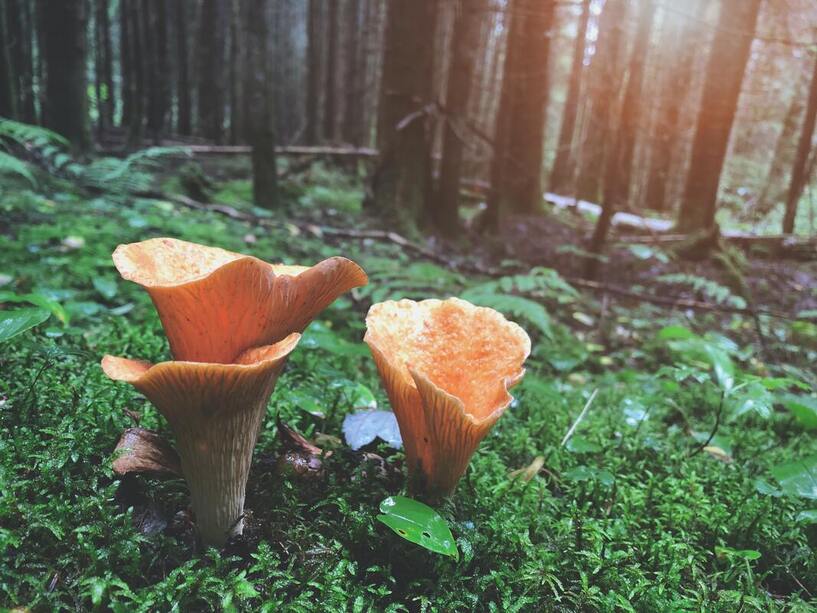
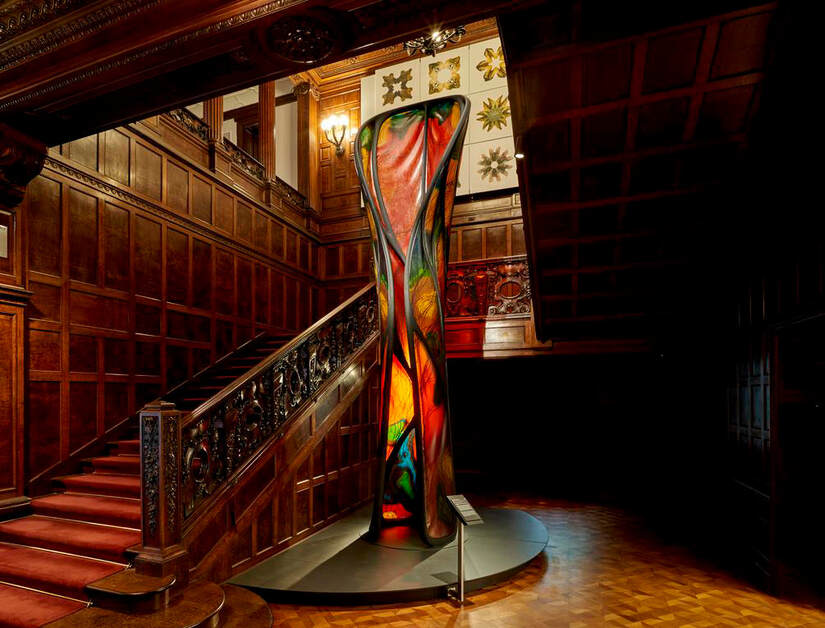

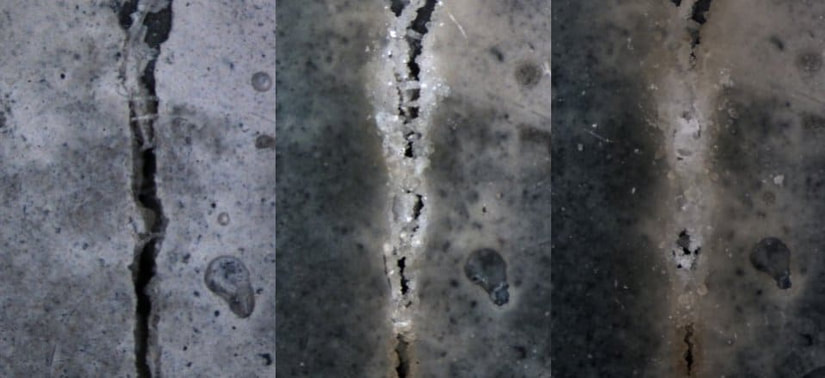
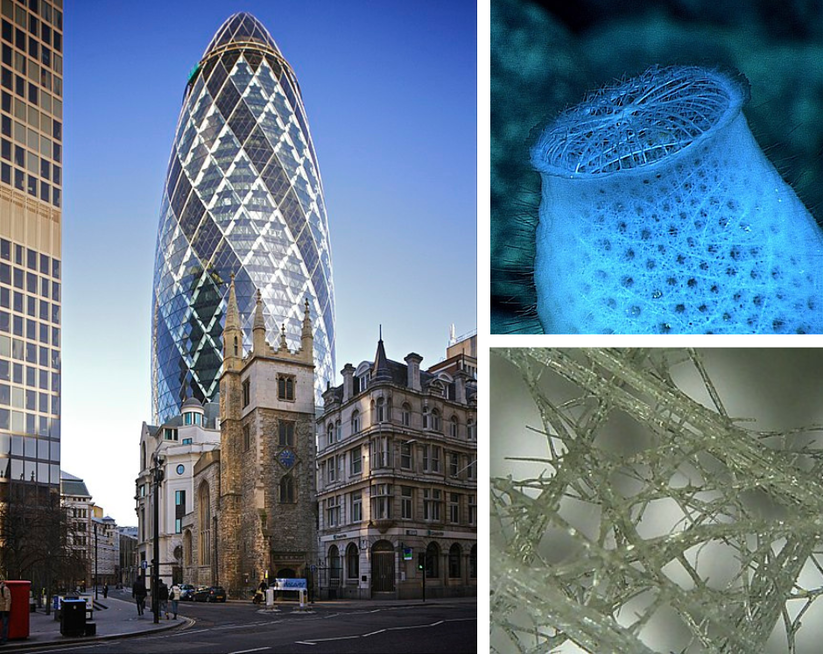



 RSS Feed
RSS Feed
